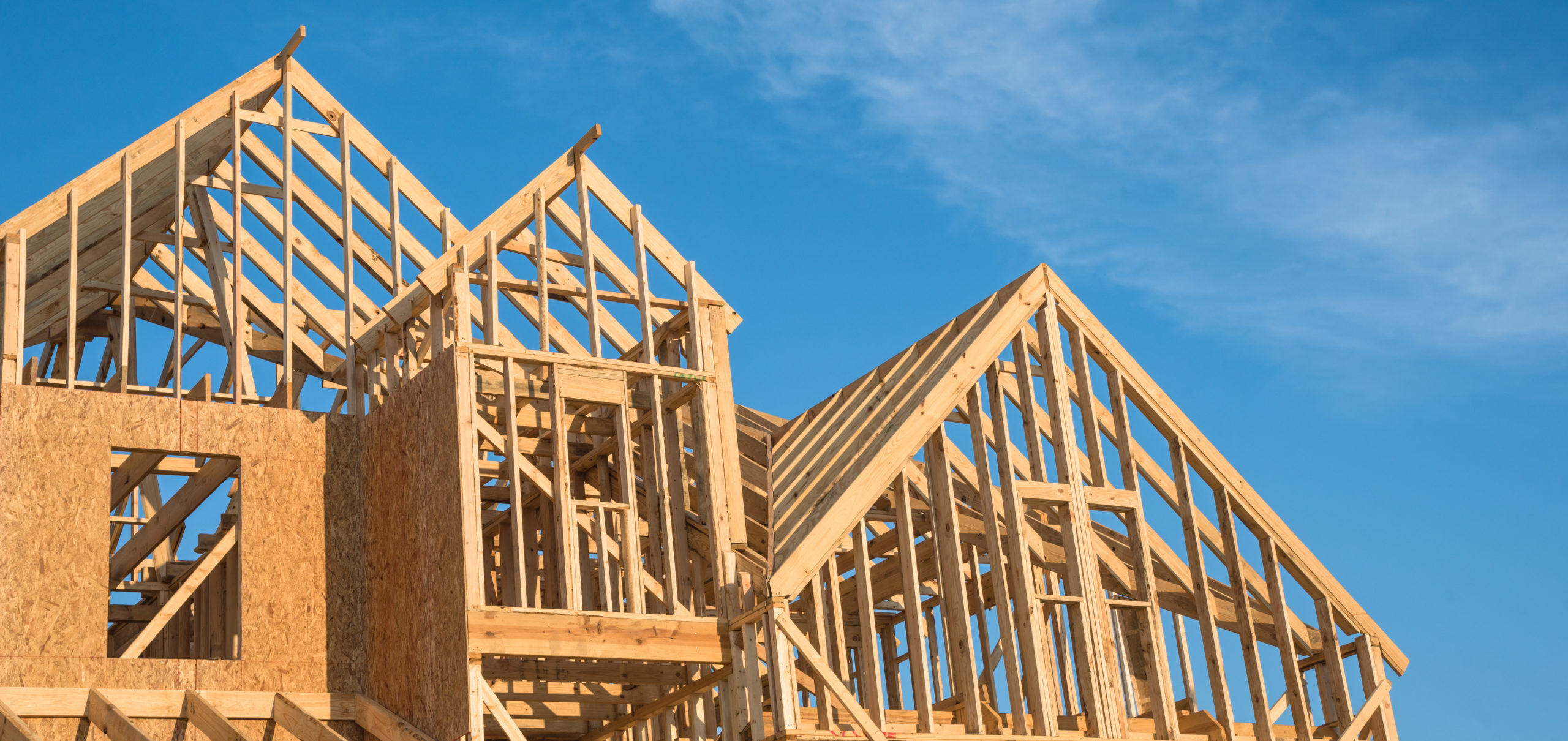The best insurance policy is the one that provides the proper protection for you, at this moment.
As life changes, your insurance coverage should as well. So it might be a good time to check on your homeowners’ policy because we’re all paying higher prices.
According to the Bureau of Labor Statistics, the consumer price index, a broad measure of the cost of living, soared 9.1% from a year ago. That marked the fastest pace for inflation, dating back to November 1981.
That means home construction and maintenance costs are rising too.
According to government data, materials and labor costs grew 26.7% and 5.5%, respectively, in the first four months of 2022 compared to 2021.
Homeowners ought to factor the rising prices into their insurance decisions.
A recent American Property Casualty Insurance Association survey found that nearly two-thirds of homeowners could be without additional coverages to protect their investment better. Those added coverages include automatic inflation guard, extended replacement cost, and building code/ordinance coverage.
Most homeowners’ policies cover replacement costs for structural damage, so it’s wise to check your policy – especially if you have an older home.
A replacement cost policy will pay for repairing or replacing the damaged property with materials of similar kind and quality.
Suppose your homeowners’ policy limits haven’t changed since you bought your home. In that case, you may be underinsured – even if you haven’t made any upgrades.
According to a Moody’s Investors Service report, property insurers are not raising coverage limits and rates to keep pace with inflating construction costs.
Finding the proper coverage
What can you do to make sure you have proper coverage? This is where having a trusted insurance advisor can help.
There are three key coverage features to check your policy and ask your insurance advisor about:
- Inflation adjustment (guard) – This coverage automatically adjusts the rebuilding costs of your home to reflect changes in construction costs. You may need to purchase this separately.
- Extended replacement cost – This coverage provides additional insurance of 20 percent or more over the limits in your policy. That can be critical if a widespread disaster pushes up the cost of building materials and labor.
- Building code/ordinance coverage – increases coverage to comply with new (often stricter) building codes or green energy ordinances if your home is badly damaged,
Given current market conditions and the continued threats from natural disasters, now is an excellent time to ensure your insurance coverage is still the right fit.


